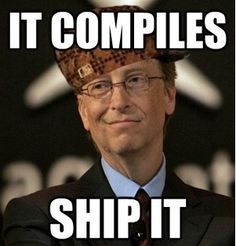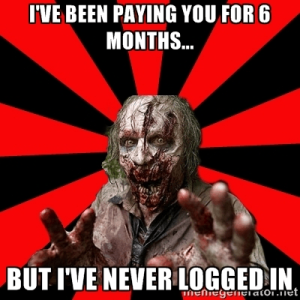Last night I had the pleasure of once again attending the Women in Technology (WIT) Leadership Awards celebration. This event “honors professional women who have exemplified leadership while promoting the WIT mission of Advancing Women in Technology from the Classroom to the Boardroom.” Maureen Bunyeen, long-time Washington news anchor, was our emcee. Not only to I get to connect with old friends, I leave inspired from the stories of the women finalists and winners.
This year the event opened with two special recognitions. First, Kathryn Harris recognized Maureen Caulfield with the WIT President’s Award for commitment and leadership as WIT Sponsorship Chair. Next, The Leadership Foundry, WIT’s board training program, recognized First United Corporation for leading the way in diversity of their corporate board with 33% of their board identifying as women. Then, STEM for Her, a local nonprofit focused on empowering young women to pursue STEM careers, recognized their 2017 cash and experience scholarship winners.
This brought us to our main event, honoring women across nine categories: corporate large-market, corporate mid-market, corporate small-market, government, rising star, small business/entrepreneur, technical leadership, unsung hero and women in defense. Each winner was humbled and inspired to be surrounded by amazing women. This year, winners shared their inspiration by reading quotes from people they admire. We heard about the importance of fathers in setting the path towards STEM related careers as well as having role models to emulate and aspire towards including Walt Disney, Ada Lovelace, Katherine Graham, Katherine Johnson, and Grace Hopper to name just a few.
Congratulations to all the winners! And thank you for raising the bar high!

 Over the course of my career, I’ve been to a few conferences. Most were technical and most were related to the legal industry as that is where I spent the majority of my career so far. The last two years, I attended DrupalCon. Drupal is an open source platform for managing content and delivering websites. My business partner and husband Carson has been involved with Drupal for the last 6 or 7 years. Previously, I would travel to whatever city was hosting DrupalCon and would site-see while Carson participated in the sessions. Usually I would meet up with him at night for some of the social fun.
Over the course of my career, I’ve been to a few conferences. Most were technical and most were related to the legal industry as that is where I spent the majority of my career so far. The last two years, I attended DrupalCon. Drupal is an open source platform for managing content and delivering websites. My business partner and husband Carson has been involved with Drupal for the last 6 or 7 years. Previously, I would travel to whatever city was hosting DrupalCon and would site-see while Carson participated in the sessions. Usually I would meet up with him at night for some of the social fun. My dad recently sent me this
My dad recently sent me this  Step 1: Critical to both processes is identify the value. Why is the customer engaging in
Step 1: Critical to both processes is identify the value. Why is the customer engaging in





